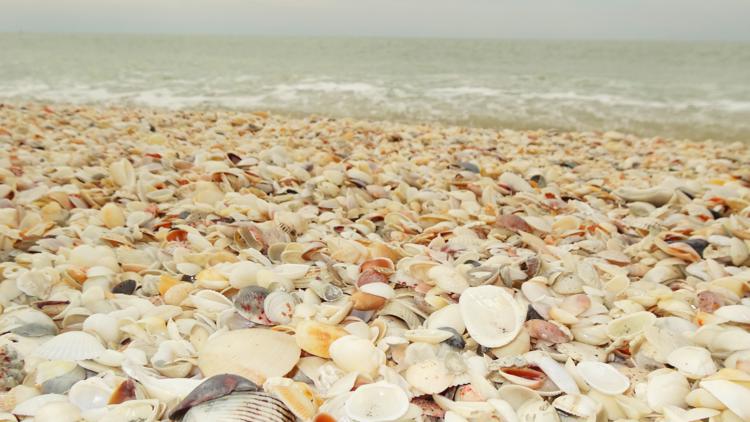SANIBEL, Fla. — One publication says you'll find the "heart of America" in the small town of Sanibel, located on an island off the coast of Cape Coral in Southwest Florida.
From its more than 2,500-year history to the community's strength in rebuilding after Hurricane Ian, Sanibel Island has long been considered a gem along Florida's coastline. The city has been named the "most charming small town" in Florida by Reader's Digest, highlighting the island's beaches, its nickname as the "Seashell Capital of the World," nature preserve and historical significance.
A year and a half after the island saw historic damage from Hurricane Ian, the island community continues to rebuild.
The island itself was closed to the general public for four months following the storm. Parts of the causeway connecting the island to the mainland had been completely washed away.
All beach parks officially reopened in September 2023, but the city is still working on a beach renourishment project and restoring the island's iconic lighthouse. Just last month, a new cast iron leg was installed to the Sanibel Lighthouse, replacing the one washed away by the storm in 2022.
The quiet island community is known for its "small town" feel, and it has historically embraced that title. Along the main road, Periwinkle Way, there are locally-owned boutiques, craft stores and restaurants. The city has even enacted ordinances that limit the number of fast-food chains allowed on the island.
In 1945, President Harry S. Truman signed an executive order designating more than half of Sanibel Island as the J.N. "Ding" Darling National Wildlife Refuge.
Visitors can book a room at the oldest hotel on Sanibel Island established in 1895, the Island Inn. It sits on 10 beachfront acres and has a variety of rooms and cottages available.
Tourists can also visit the Sanibel Historical Museum & Village, which showcases artifacts from the island's rich history. The Calusa tribe built a community on the island more than 2,500 years ago, according to the museum's website. Historians believe Ponce de Leon discovered Sanibel in 1513 and battled the tribe for nearly a decade over the land until he became severely injured and retreated to Cuba, where he later died in 1521.
The story of Buccaneer pirate Jose Gaspar also plays out on Sanibel Island, according to the SanCap Chamber of Commerce. The Florida folklore reads that he buried his treasures stolen during his adventures on the island in the 1800s.
Sanibel Island's growth took off in the 1960s after the original causeway was built connecting it to the mainland, the museum's website says.
Since then, the island has developed into a place beloved by visitors and protected by those who call it home.



